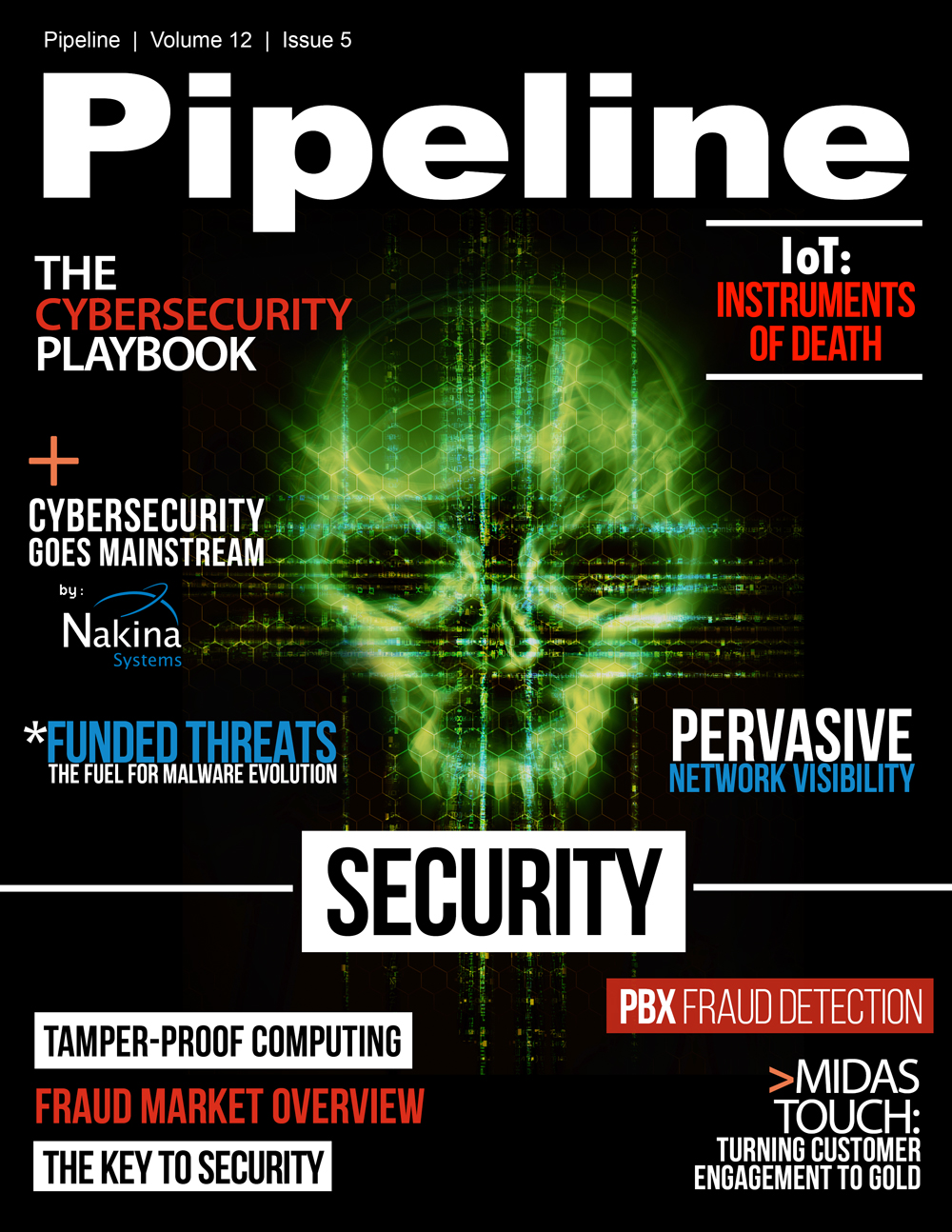Monthly News Digest - November 2015
The device is a security-hardened ‘plug-and-play’ unit, and is supported by a rapid provisioning management system from Alcatel-Lucent that allow users to set up the devices quickly and easily. The rapid development of the MSHC home cell was a continuation of a long-standing collaboration between Alcatel-Lucent and Qualcomm Technologies on the 9962 Multi-Standard Enterprise Small Cell, launched in 2014 and which has met commercial success in providing cellular 3G/4G and Wi-Fi coverage and capacity for medium and large indoor venues.
Also hailing from France, tech developer FIME recently announced it has launched a solution this month to help mobile operators test and validate mobile Near Field Communication (NFC) application security. The new product called TrustApp, is a secure online testing portal for NFC applications embedded in secure elements. Mobile network operators (MNOs) and NFC service providers can use TrustApp to quickly and cost effectively validate the security of their sensitive and basic NFC applications.
In 5G news, Ericsson announced the launch of the 5G Exchange project (5GEx), As a Phase 1 5G Infrastructure Public Private Partnership (5G PPP) research and innovation project, 5GEx aims to enable a unified European 5G infrastructure service market that integrates multiple operators and technologies. The project will focus on supporting cross-domain service orchestration over multiple administrations or multi-domain single administrations. Orchestration will be compatible with Network Functions Virtualization (NFV) and software-defined networking technologies. End-to-end network and service elements will be able to mix in multi-vendor, heterogeneous technology and resource environments.
The 5GEx program partners are Ericsson, Atos, Athens University of Economics and Business, Berlin Institute for Software Defined Networks, Budapest University of Technology and Economics, Carlos III University of Madrid, Deutsche Telekom, European Center for Information and Communication Technologies, Hewlett-Packard Enterprise, Huawei, Orange, RedZinc, KTH Royal Institute of Technology, Telecom Italia, Telefónica I+D, Telenor and University College London.
5G PPP has been initiated by the EU Commission and industry manufacturers, operators, service providers, SMEs and researchers. The partnership aims to deliver solutions, architectures, technologies and standards for the ubiquitous next-generation communication infrastructures of the coming decade.
Network News
Netherlands-based software company, BroadForward announced its BFX Interface Gateway has gone in full operation to support the world's first Private Virtual Network Operator (PVNO). System integrator CGI in The Netherlands has implemented BFX to offer a game-changing service for PVNOs, which creates an open market situation for mobile M2M communications. The first PVNO using this service is a Dutch utility company, serving millions of M2M devices (smart meters, gateways and remote telemetry units).
From sunny Sunnyvale, California, Spirent announced a new data analytics solution call InTouch Customer and Network Analytics (CNA) to resolve quality of experience issues for 2/3/4G technologies, including VoLTE and IoT service instances. Spirent also announced the launch of Landslideâ„¢ EDGE and Spirent Landslide â„¢ CORE test solutions this month to provide mobile operators with network performance visibility and fault detection while enabling automated real-time validation of configuration changes and upgrades for improved network performance and customer service. Network congestion and overload is one of the leading causes of network outages and the solution is aimed at efficiently and proactively identifying and addressing issues before they impact customers.
Alcatel-Lucent also announced the launch of its Distributed Antenna System Radio Frequency Module, a wideband low-power LTE interface card which removes the need for bulky radio technology in a public installation. The solution addresses space, energy, and heat concerns for network operators. Working together with Alcatel-Lucent’s LTE radio access portfolio, the DAS RFM connects to Alcatel-Lucent’s 9926 digital baseband unit, working directly with the analog DAS through RF signals that consume just one-eighth of the power and heat dissipation of an average remote radio head, reducing space requirements and optimizing costs.
According to a recent report released by 4G Americas and Ovum this month, LTE connections increased 141 percent in 2Q15 over the same period last year making LTE the fastest growing mobile broadband technology on record. According to the report North America remained dominant with a 47.5 percent of the LTE market share. The regions with the next highest market share rankings are Western Europe at 19 percent and Oceania, Eastern and South-Eastern Asia at 16.25 percent.


















